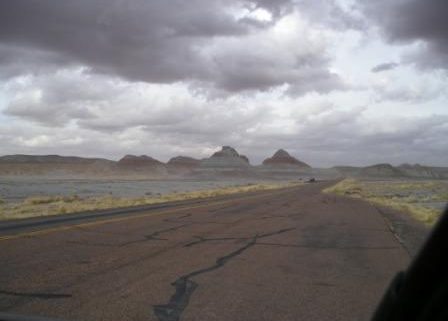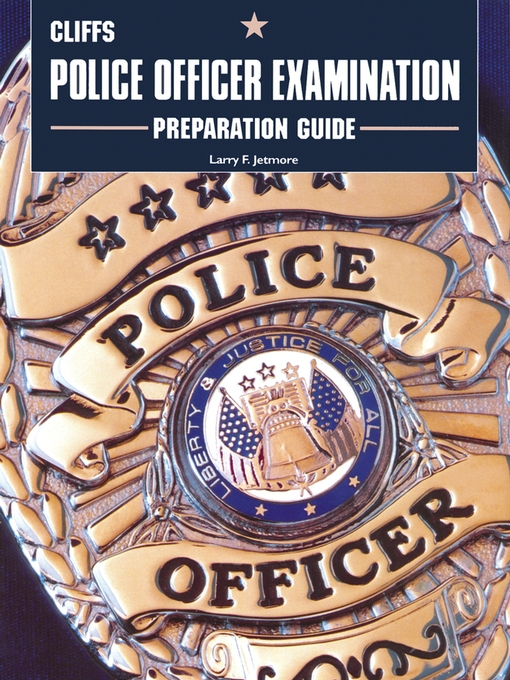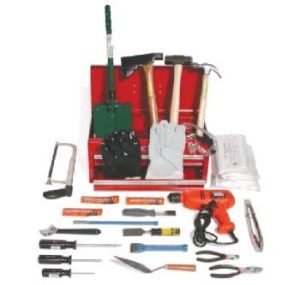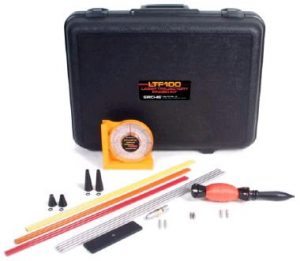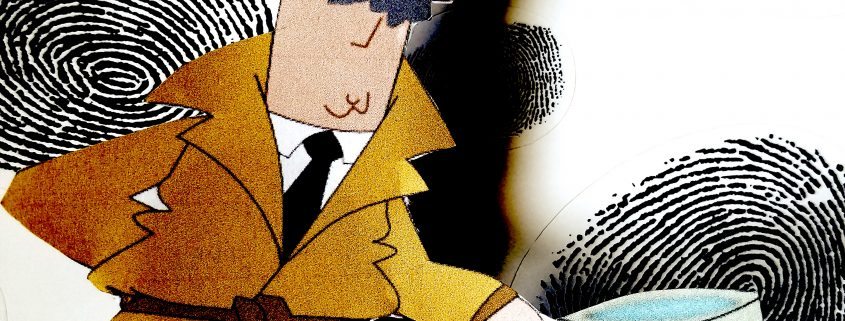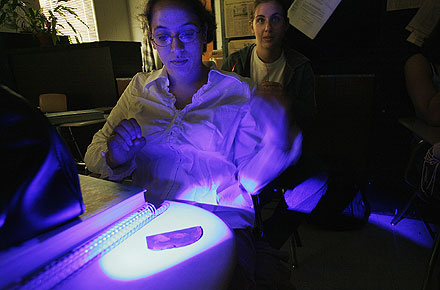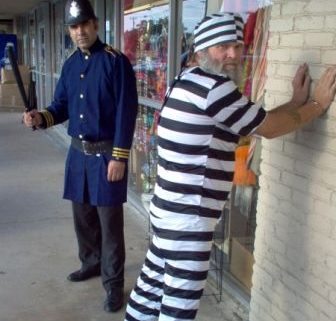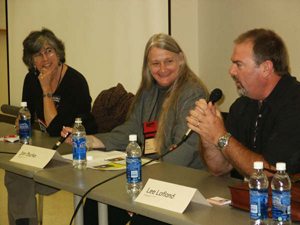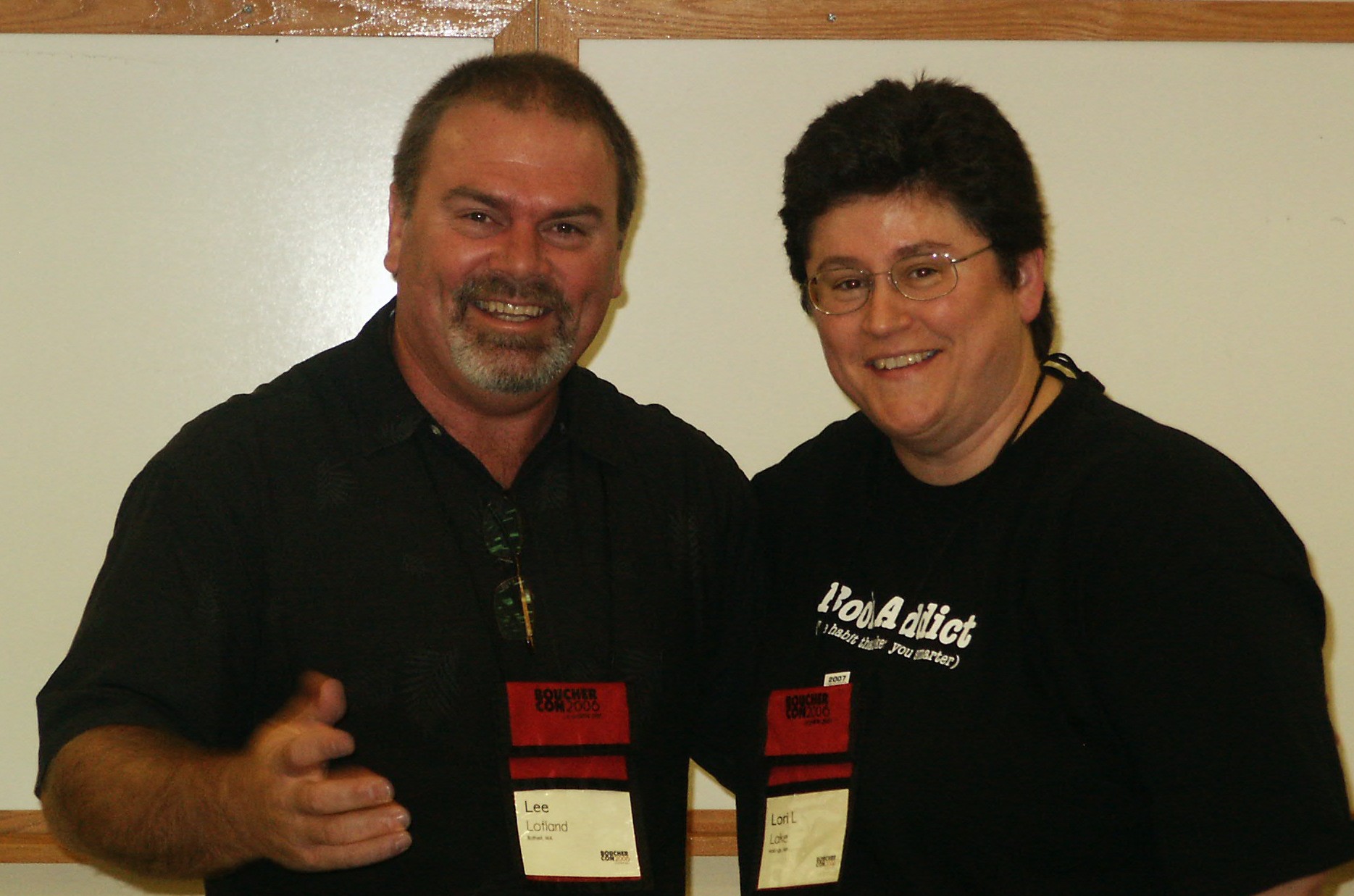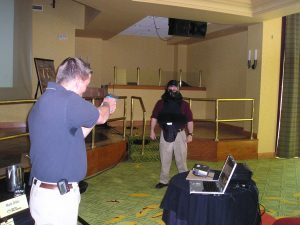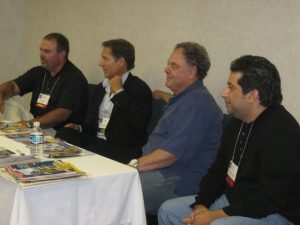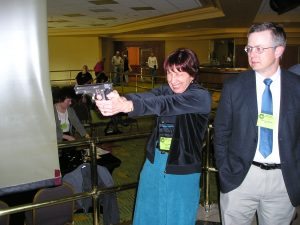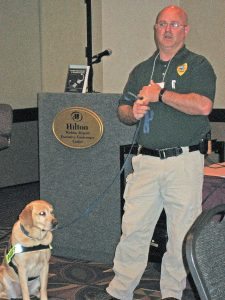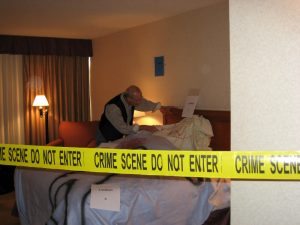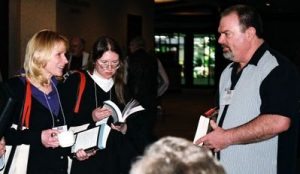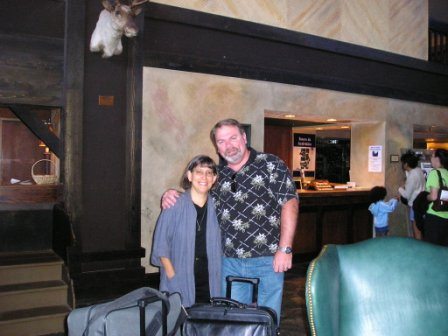Police officers and other emergency response personnel have the unpleasant task of working with the dead. They’re the first responders—the life-savers and the crime-solvers. But when their job is done they go about their duties of finding new lives to save, and new criminals to apprehend. The crime scenes, however, are left behind, as is, with blood, tissue, brain matter, and other such macabre tid-bits left lying around. Someone has to clean up the mess, and the police certainly aren’t going to do it. That’s where companies like AFTERMATH, INC. of Oswego, Illinois, and Crime Scene Steri-Clean of Southern California come in.
Crime scene clean-up companies employ teams of highly trained employees who come to the scene of a homicide, suicide, etc., and clean up and decontaminate every single surface in the affected areas. They completely remove all body matter from the scene. They’re also trained to clean up fingerprint powder, tear gas residue, and odors associated with decomposition.
All body fluids are considered biohazard waste and must be treated accordingly, as potential sources of infection. Crime scene clean up companies must have all the required permits required by law to transport and dispose of hazardous waste.
These companies have on-call staff members who are required to respond to a scene within a reasonable amount of time, usually within minutes if the scene is located in the company’s home territory.
The costs associated with cleaning up a crime scene can be costly, but many homeowner’s policies will cover much of the expense. Some states will absorb some of the clean up costs for homicide cases. Crime Scene Steri-Clean promises to work with any budget, stating they’ll accept payments as little as one dollar per month if that’s all the victim’s family can afford.
All of AFTERMATH’s vehicles (they have offices all across the country) are certified by the EPA to haul medical waste. Their technicians are all blood-born pathogen certified. FYI – Many police academies require police officers to undergo blood-born pathogen training.
Some of the equipment used by crime scene clean up companies:
– non-porous disposable suits, gloves, respirators, and spill proof boots
– ozone machines for odor removal
– bleach and other disinfectants
– deodorizoers
– enzyme solvents to kill bacteria and viruses
– wet vac
– scrapers for removal of brain matter and tissue
– steam injection systems to soften dried matter
– standard tools, such as hammer, screwdrivers, shovels (snow shovels for large amounts of wet tissue)
– camera
* For an interesting read about crime scene cleanup, I recommend:
AFTERMATH, INC
Cleaning Up After CSI Goes Home
by my friend, Gil Reavill
Some of you who attended this year’s NoirCon in Philadelphia may have met Gil. He was a panelist at the conference.


